Havana Daydreaming
It will be 25 years ago on Dec. 27 that I first set foot in Cuba.
I gained entry on a journalist visa.
I took a midnight charter flight on a Haitian airline out of Miami into Havana. A few days ago I found my receipt from Marazul Tours in New York: three nights at the Habana Libre (the former Hilton) for $192. I was alone in a very strange place. I arrived at my hotel around three in the morning and the staff claimed the room wasn’t “ready” for this American. slept on a lobby sofa for the next five hours. When you are alone like that you are very much alive.
I wrote about baseball and music. I made two subsequent trips to Cuba, the final one in 1992 when I brought along Chicago Sun-Times photographer Bob Black. We went on our own dime. We walked around Havana for a few days and on one occasion officials told us we could not take photographs of young men repairing bicycles in a Havana garage. I have memories that no photograph can capture.
On my first visit I strolled along the seafront Malecon near Old Havana distributing American baseball cards to Cuban kids as a goodwill gesture. They didn’t care about the players. They loved the pink bubble gum. (I told Black to bring along chocolate candy bars and he made fast friends with the female elevator operators at the Habana Libre.) I still remember memorials to Abraham Lincoln that stood along the Malecon because many Cubans consider black slaves as part of their heritage.
In 1989 I interviewed German Mesa, a young shortstop who went on to manage the Cuban national baseball team.
Mesa had a rifle of an arm and hit with the control and range of Panamanian Hall of Famer Rod Carew.
Today his 18-year-old son Victor is a shortstop for Matanzas and in October, Baseball America wrote, “No young player in Cuba can match Mesa’s
combination of tools, athleticism and upside.”
And the desire.
Cuba is an island of desire.
That is why I grew to love her so much. For me it’s not about the mystique of Cuban cigars (some of the most storied Cuban cigar makers moved to the Dominican Republic after the 1959 revolution) or the allure of things you can’t get (I’ve brought Havana Rum back to Chicago from Toronto). It always returns to desire of the heart.
I wonder about Ester deValle Campello, who in 1992 was in her 21st year as a gift shop clerk at the historic Tropicana nightclub in Havana. She was a writer. She was a graduate of the University of Havana, where she studied American, English and Spanish literature. She was a fan of William Shakespeare. Ester worked at the Tropicana from 8 p.m. until 4 a.m. six nights a week selling programs, cassette tapes and cigars. She wrote during the day.
“I write about lives, I write about people and events,” she told me before a show. “I want to know about people. I’d like to know how they think, how they are, how they meet. I would love to travel. But Cubans never go anywhere.” I can only imagine the cultural power of a desire that will eventually will be released.
Cuba is the smile behind a window of tinted glass.
I will return to Cuba someday. Maybe it will be on a cruise ship. Even in the early 1990s research firms predicted that Cuba would become the world’s number one cruise destination. The Port of Miami had proposed constructing a downtown port annex for cruise lines and a Miami-Havana ferry service. Cruises make sense since most of Havana’s hotels are not in the best of shape.
It is unlikely the influx of Americans who inevitably will make the trek to Cuba will make an initial dent in the political atmosphere of the island, about the size of Tennessee. Tourism is already a big deal in Cuba. According to a recent Bloomberg News report, 2.9 million tourists visited Cuba in 2013, a 12 per cent increase from the previous year. I recall meeting many Canadians and tourists from the Soviet Union during my early 1990s trips.
The Tropicana will be on my list of encore visits.
The open-air nightclub began operation in June, 1939 on a tropical six-acre estate outside of Havana and en route to the Jose’ Marti Airport. Large banyan trees remain in the outdoor show area, framed by deco arches and glass walls.
During its hey-day the Tropicana chartered planes filled with dancers and musicians and a wet bar to fly in fun-loving tourists from Miami.
During my 1989 and 1992 visits to the Tropicana, waiters wore black ties and served tropical drinks. I wore my best pleated guayabera for the 50th anniversary revue in January, 1989.
Pretty cigarette girls
sold cigars and souvenir VHS tapes. The dancers “Las Diosas de Carne” (or “Flesh Goddesses”) shimmied from the stage doing the mambo and
cha-cha-cha into the aisles of the arena, which seated up to 600 people.
The cover charge was too expensive for most Cubans to gain admittance. Even today, the average Cuban takes home $20 (U.S.) a month–Cubans have free health care and subsidized rents. I heard that Cubans could attend Tropicana shows as a “reward” for their loyal work.
Locals told me that the Tropicana was one of the businesses that Fidel Castro did not fiddle around with, with the exception of removing gambling tables. The Cuban government lavishly remodeled the Tropicana in 1990, back in the days and nights when Fidel was known to drop in now and then.
John F. Kennedy, Marlon Brando, Sammy Davis, Jr. and Ernest Hemingway were among hundreds of American high rollers who visited the Tropicana. I learned that Kansas City, Mo. born mobster Lewis J. “Mack” McWillie supervised gambling activities at the Tropicana in 1959 when he was visited by future Lee Harvey Oswald assassin Jack Ruby.
Long time Tropicana musical director and pianist Bebo Valdes (1918-2013) helped develop the mambo and played on Nat King Cole’s 1958 album “Cole Espanol.” Cole made annual visits to the Tropicana, usually around Carnival. Haydee Portuondo was a member of the Tropicana’s popular girl group Cuarteto D’Aida and her sister Omara went on to fame in Ry Cooder’s Buena Vista Social Club.
In 1989 I sat down with a translator and Joaquin Condal, who had been artistic director of the Tropicana revue since 1970. I had never written a story about our visit until now. Condal was born in the Cuban province of Matanzas and began dancing at age 15. He debuted as a Tropicana singer in 1958 before being promoted to choreographer in 1962.
“Nat King Cole, Liberace and Carmen Miranda were appearing here when I started,” Condal said.
More than 100 people were in the Tropicana revue, including dancers, singers, musicians and the jazz-influenced Opus 13 Orchestra. The Tropicana is where I first saw the five man rumba band Los Papines, who touched the stars with their intense African drumming.
The revue covered five acts, including “El Manicero” (“The Peanut Vendor”) “The Cha Cha Mulattas,” the traditional “Babalu,” first recorded by Cuban balladeer Miguelito Valdes and later popularized by Desi Arnaz, Jr. as Ricky Ricardo; the anthem
“Guantananera” (recorded by Pete Seeger in 1963 in the aftermath of the Cuban Missile Crisis) and “Chicken in the Pot.” The show concluded with the entire ensemble gathering on stage for “Tropicana in Havana.”
I was washed away by warm desires.
“We try to present the show in an international way through our music and our dance,” Condal said. “I danced at the Dunes Hotel in Las Vegas.” Condal taught ballet, modern and folk dance at the Tropicana. “The most important thing I tell my dancers is they have to feel the music inside,” he explained. “Then the people will enjoy.”
The Tropicana revue was making annual visits to Spain and in 1988 the Tropicana brought a 55-person revue to Los Angeles for two weeks and New York City for three weeks. “It was the first time since the revolution,” Condal said. “Maybe it will happen again. Maybe.”
For the definitive take on the Tropicana, check out “Tropicana Nights (The Life and Times of the Legendary Cuban Nightclub)” (2004, Harcourt Books) by Rosa Lowinger and Ofelia Fox. Fox (1924-2006) married Tropicana owner Martin Fox in 1952. They moved to Miami, Fla. in 1982.

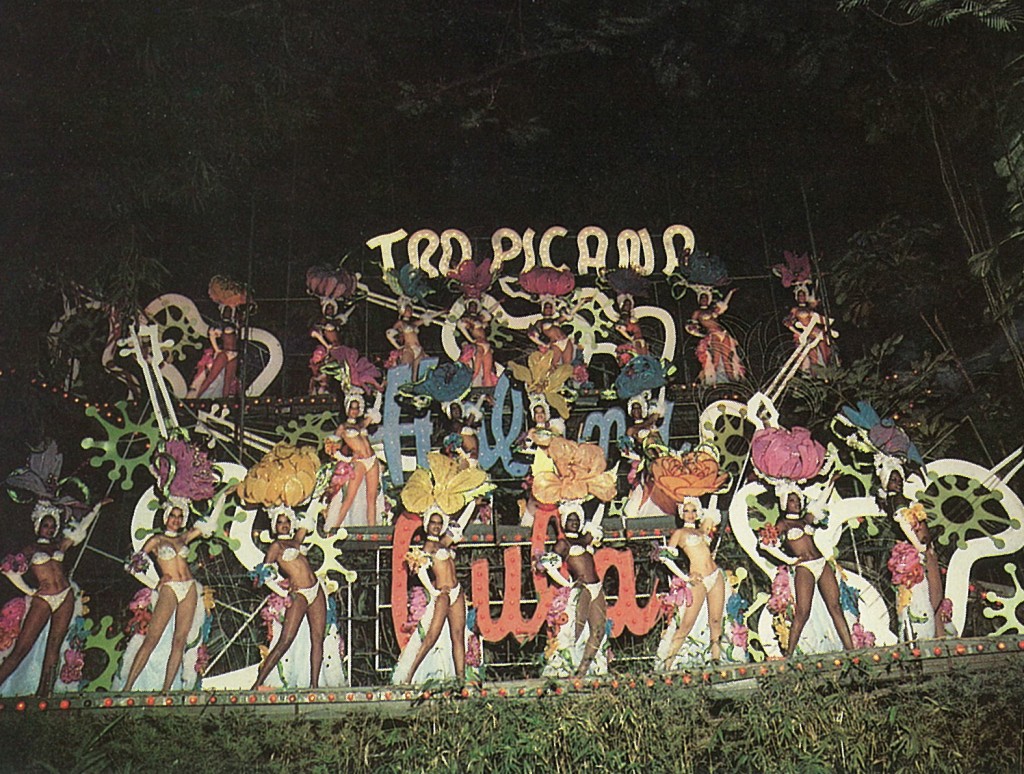
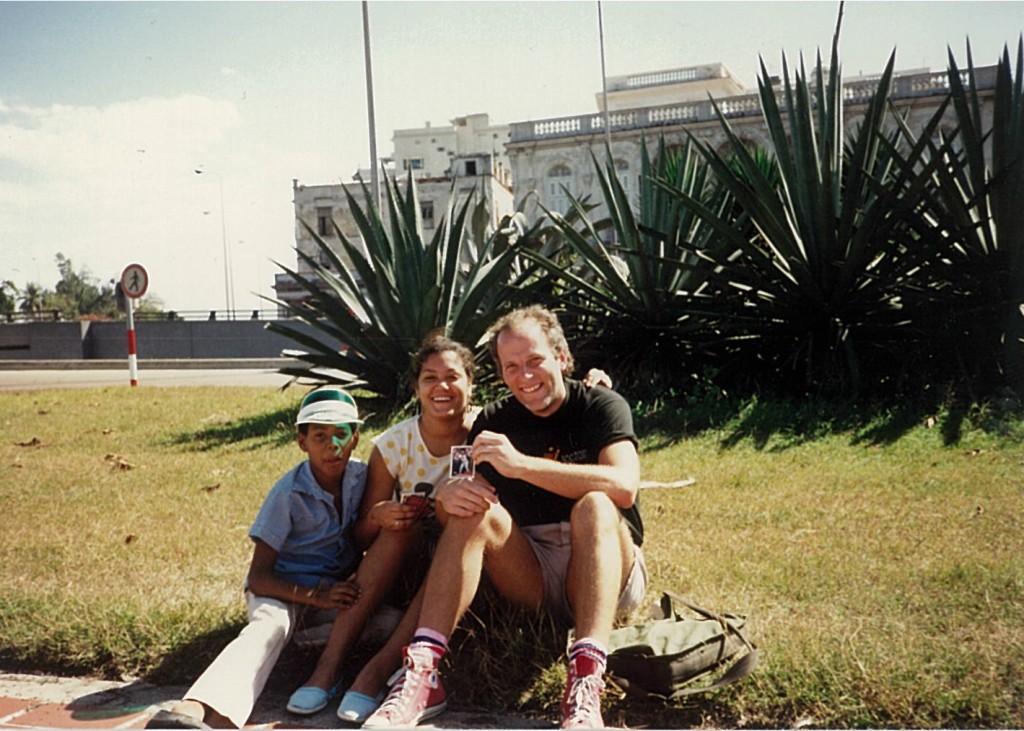
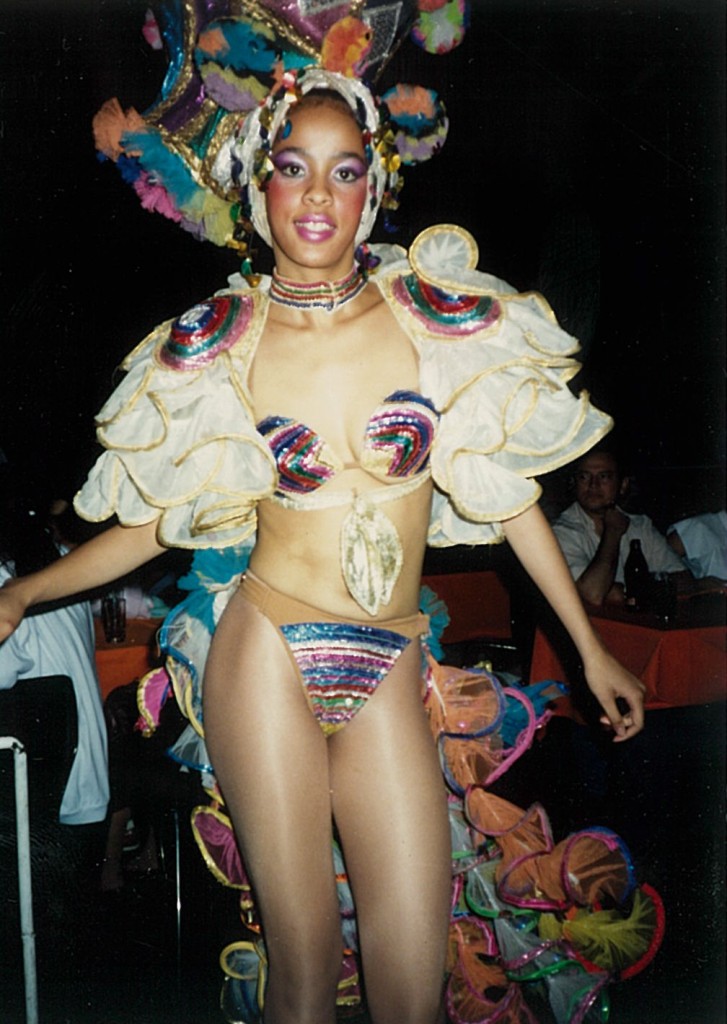
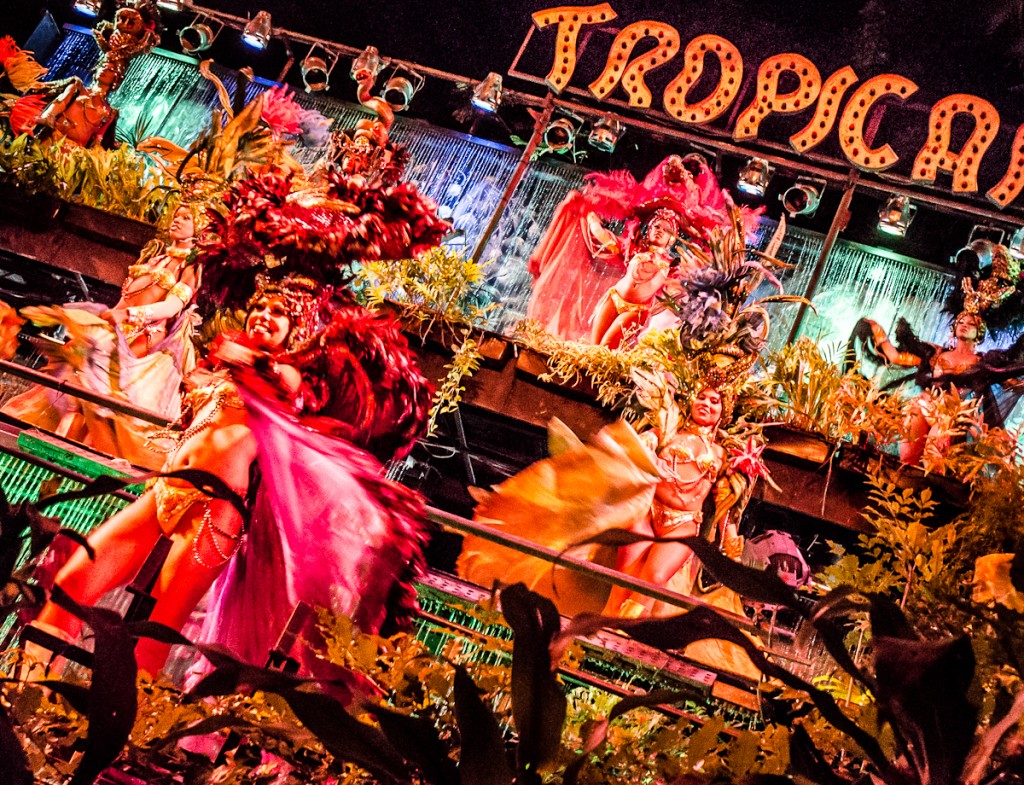
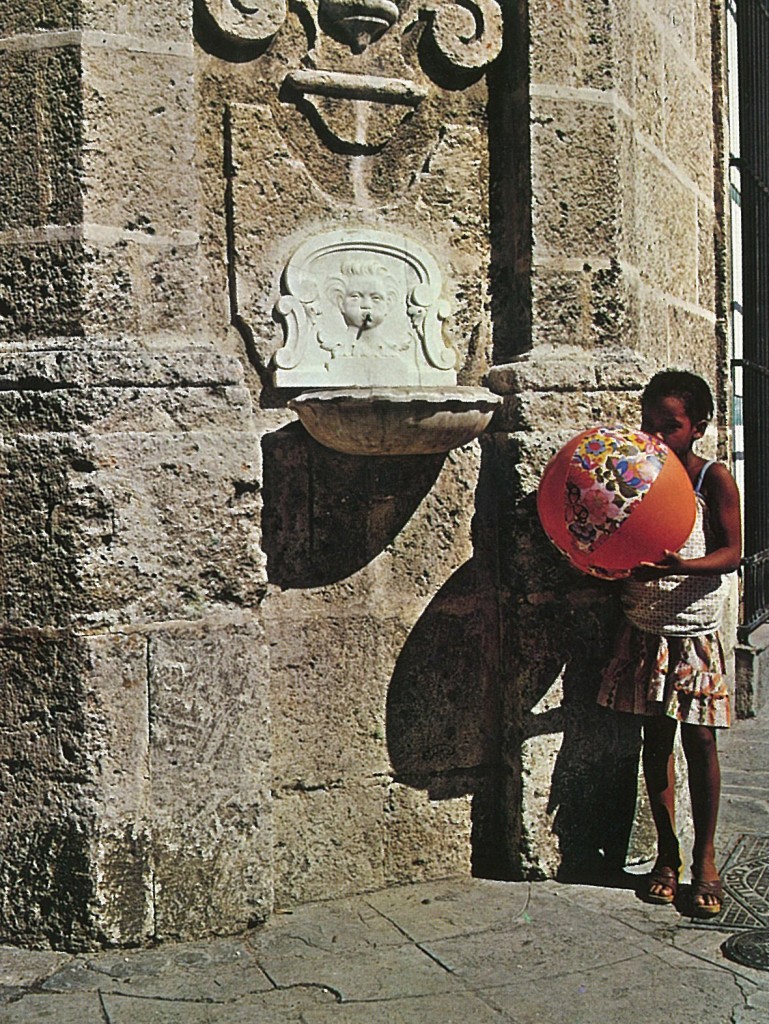

Leave a Response